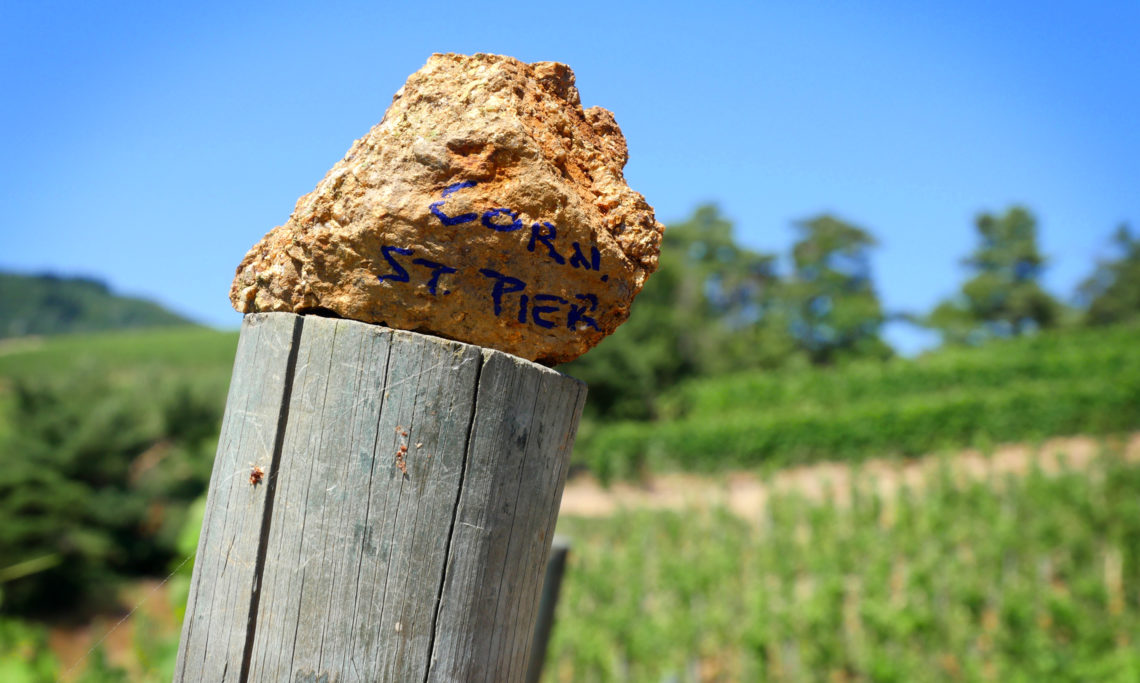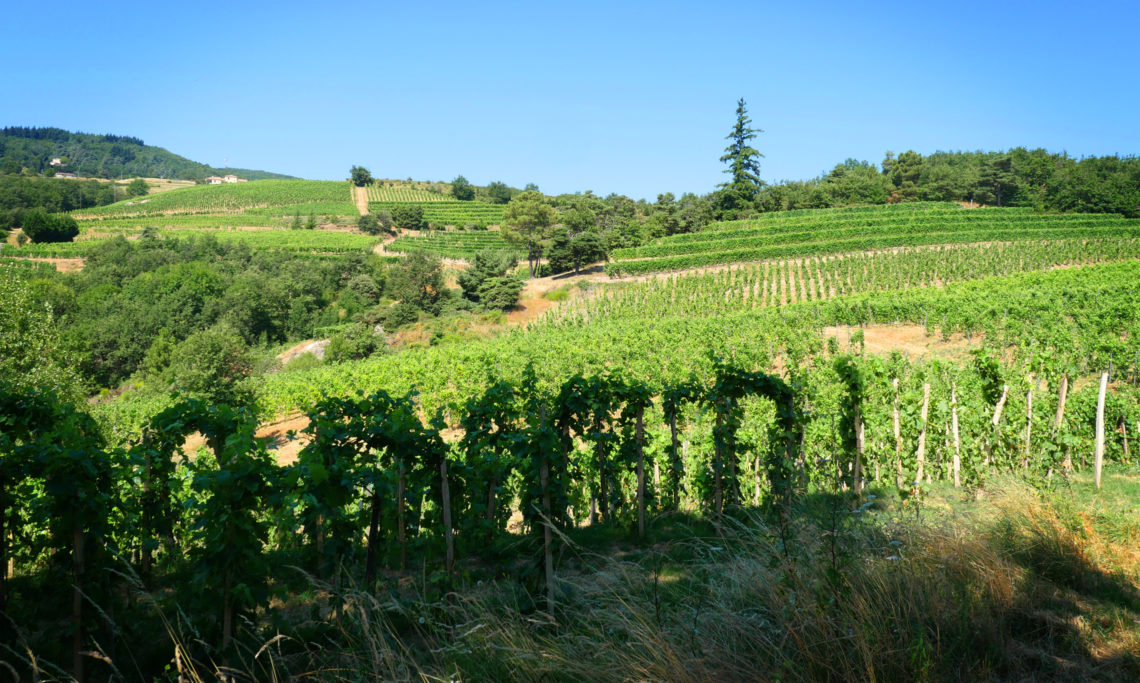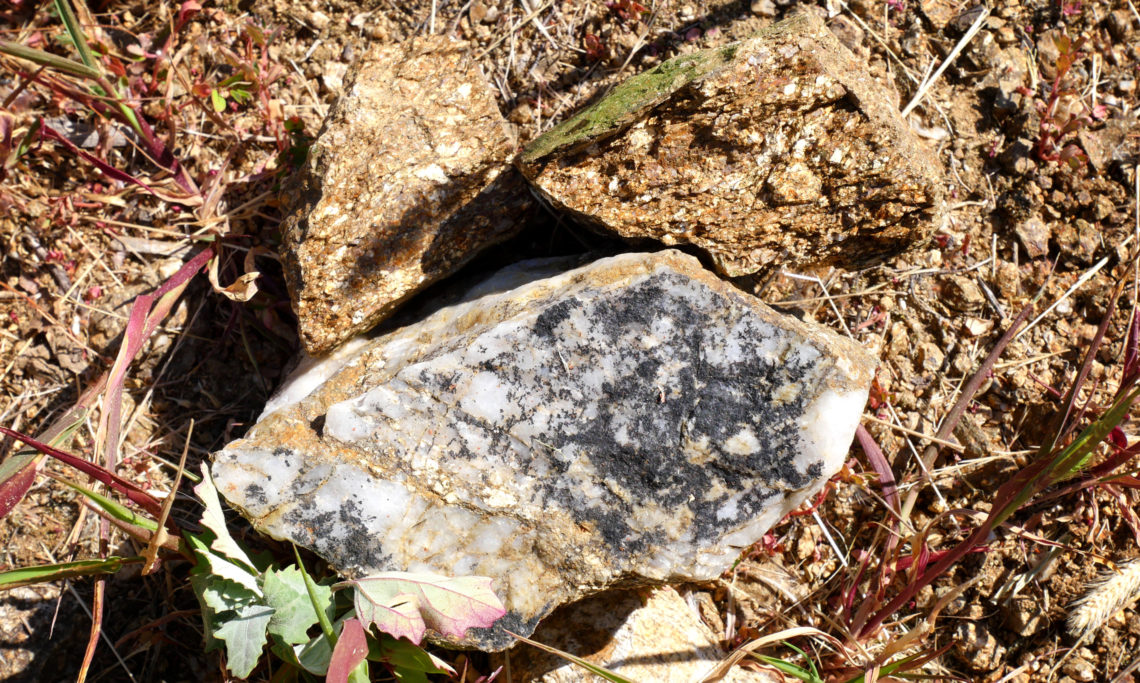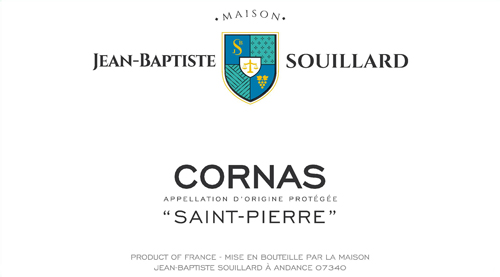Cornas Saint-Pierre
At a Glance
- Size: 0.1 ha (0.25 ac)
- Variety: Syrah
- Vine Age: Planted in the early 2000s
- Terroir: On a moderate, south-facing slope, high (400 m) elevation, late-ripening, deep, rocky, sandy soil over a granite bedrock.
- Viticulture: Sustainable
- Vinification: 40-100% whole-cluster, 2-3-week ambient yeast fermentation and maceration with pump-overs, aged for 16-20 months in used barrels, no fining or filtration, minimal SO2 added during vinification and adjusted after if needed.
Additional Info
Site: The slope is moderate and faces south. At 400-meters elevation, Saint-Pierre is among the highest vineyards in the appellation. This high elevation makes it a very cool site that is harvested 2 to 3 weeks after the other vineyards in Cornas. In fact, the vineyard was not planted until 2000 because the site was considered to be too cold.
Geology: Saint-Pierre is planted on bedrock of deeply weathered, biotite-rich granite. The granite has been metamorphosed so that the thin, platy biotite minerals are aligned in a schistose fabric.
Soils: The soil is gravelly to sandy, tan to light brown, and acidic. The soil is deep (30-60 cm). The subsoil consists of 50+ cm of granitic saprolite before the solid granitic bedrock. The soil is very rocky with up to 30% large (20+ cm) angular cobbles, which consist of pieces of decomposed granite. The soil is poor and does not easily retain water.
We are greatly indebted to Brenna Quigley for the geology and physical descriptions.
Wines
-
White
-
Rosé
-
Red
- Chatus
- Syrah
- Côte-Rôtie Côteaux de Bassenon
- Cornas Les Côtes
- Côte-Rôtie Tartaras
- Saint-Joseph
- Saint-Joseph Bergeron
- Saint-Joseph Château Morel
- Saint Joseph L'Echirol
- Saint-Joseph Janoune
- Crozes-Hermitage
- Crozes-Hermitage Les Baties
- Crozes-Hermitage Les Habrards
- Crozes-Hermitage Tenay
- Cornas Saint-Pierre





